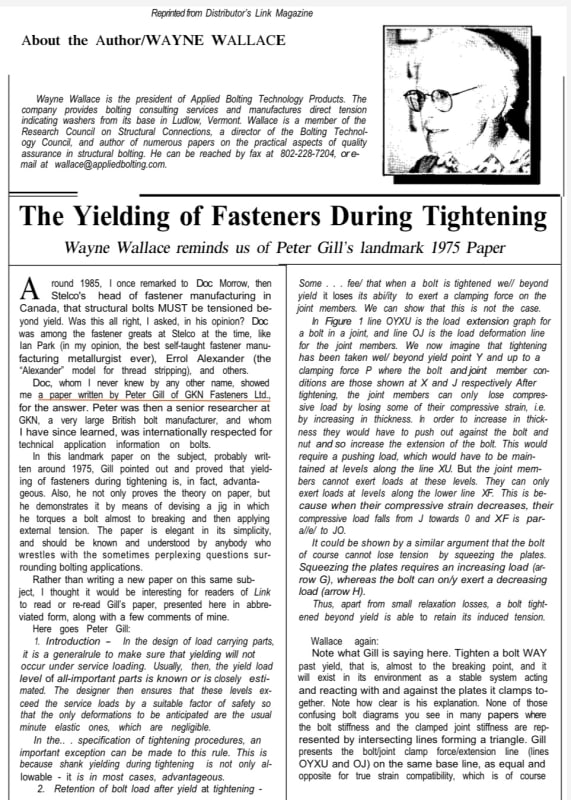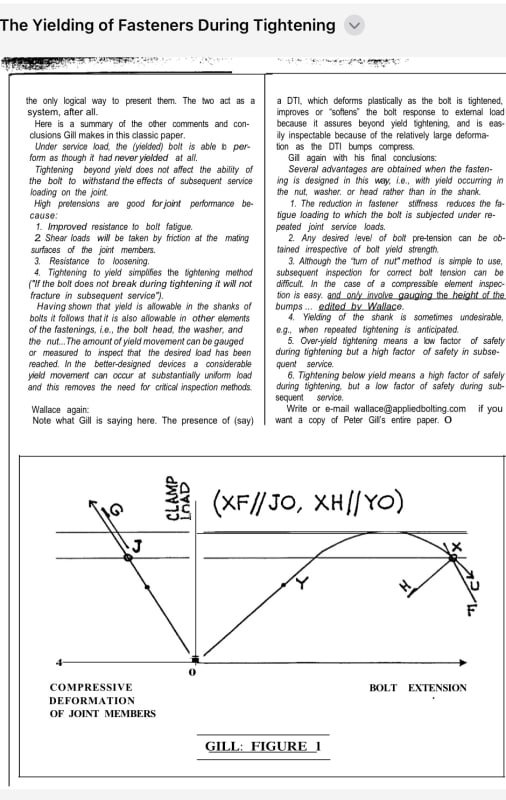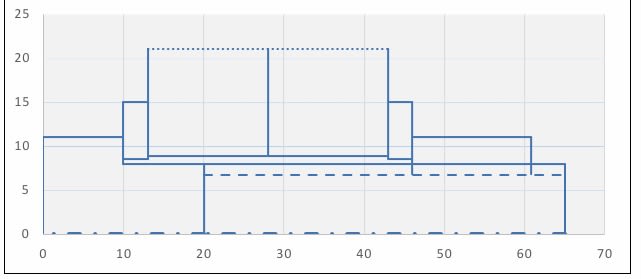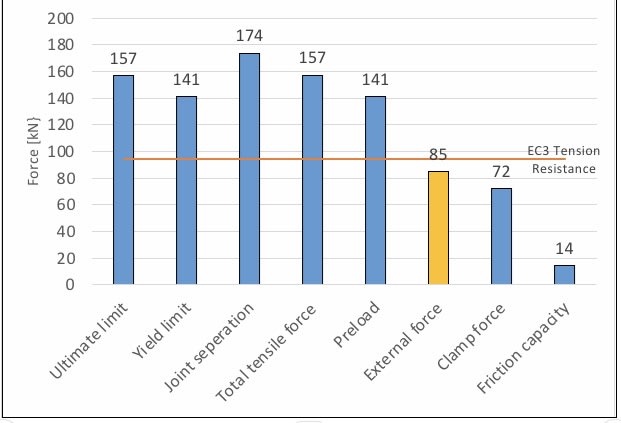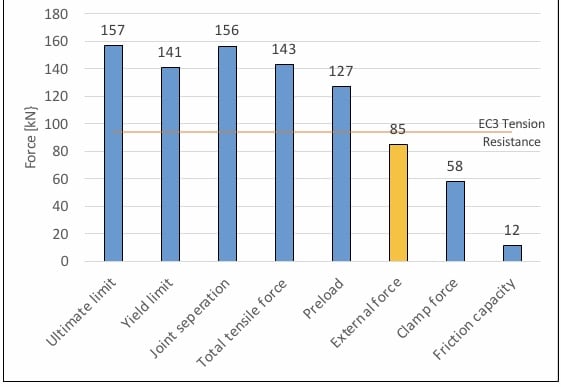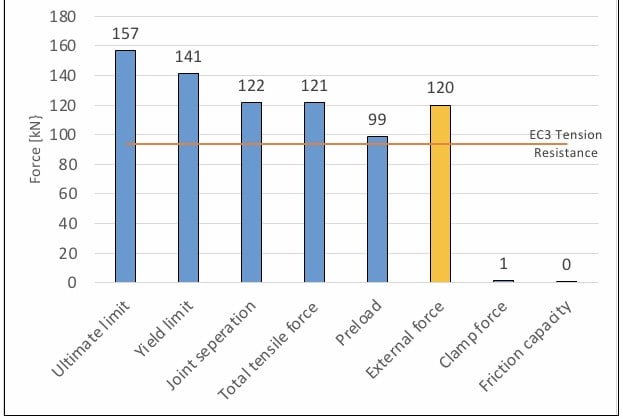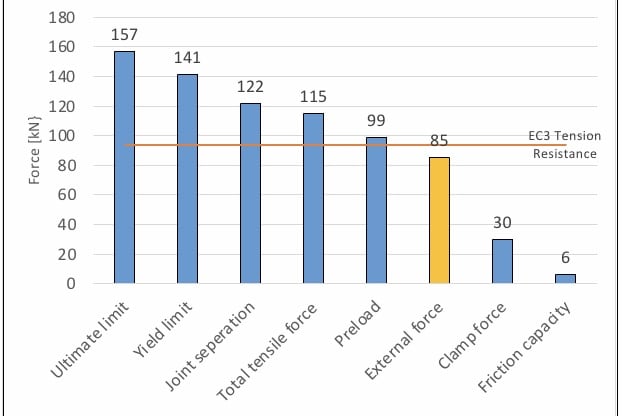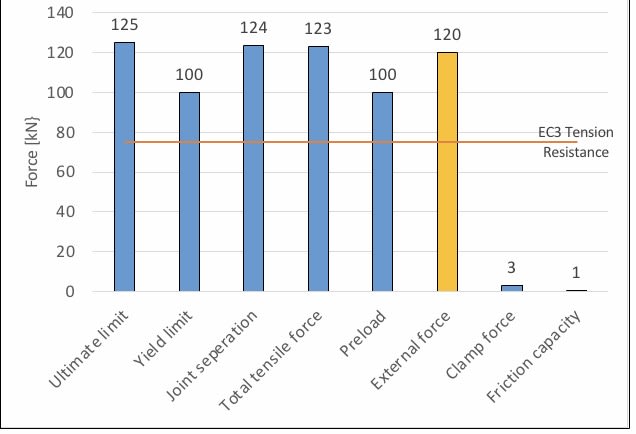KenoFr
Mechanical
- Feb 16, 2024
- 6
Hello everyone, I'm new here, let me quickly introduce myself.
I'm a research engineer, and I'm working on "the behavior of an assembly subjected to tightening beyond its elastic capabilities"
To do this, we will carry out tensile tests with different stages of pre-load/tightening. However, before starting all this, I'm looking for articles on the tightening of bolts beyond their elastic limit and haven't found many. It's been about a month now that I've been searching, and apart from a small list of 9 articles, I have nothing else. So, if anyone has information/articles on this subject, I would be happy to discuss it with you.
I'm a research engineer, and I'm working on "the behavior of an assembly subjected to tightening beyond its elastic capabilities"
To do this, we will carry out tensile tests with different stages of pre-load/tightening. However, before starting all this, I'm looking for articles on the tightening of bolts beyond their elastic limit and haven't found many. It's been about a month now that I've been searching, and apart from a small list of 9 articles, I have nothing else. So, if anyone has information/articles on this subject, I would be happy to discuss it with you.

